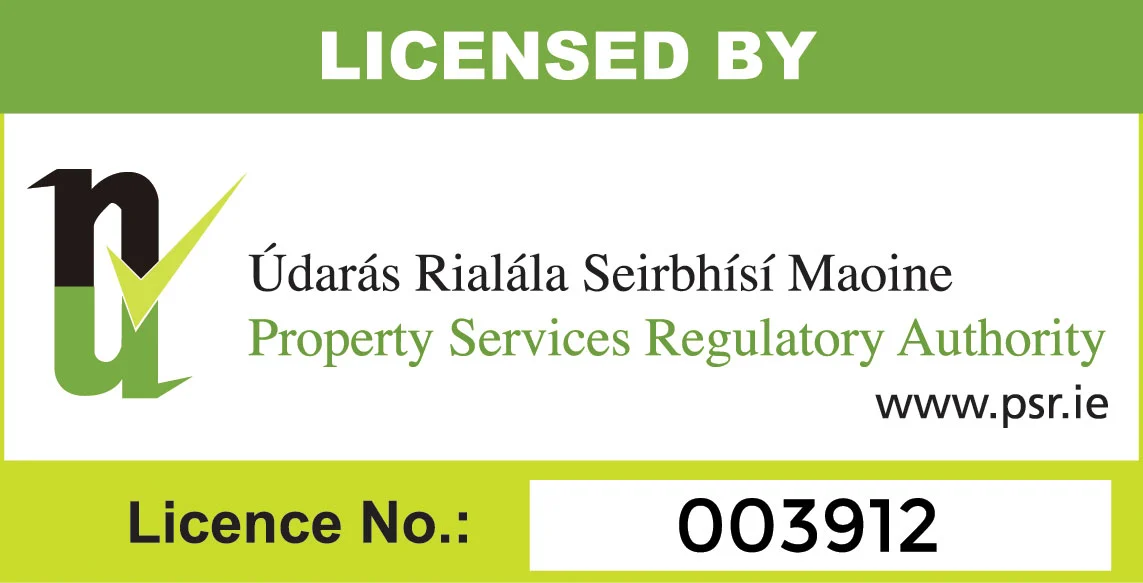How to Resolve a Boundary Problem in Ireland
When purchasing a property, the purchaser should instruct a surveyor to inspect the property’s boundary; typically this is done by the same surveyor who inspects the property’s physical condition. Checking the boundary means to check that the physical on-the-ground boundary matches the boundary as outlined on the map of the property in the property’s title deeds.
In the event that there is a discrepancy, there are essentially two options in order to resolve this. The first is to amend the on-the-ground boundary to match the map and the second is to amend the map to match the physical boundary.
Does the purchaser have to engage a surveyor to inspect the boundaries?
Some purchasers may look to save money by not engaging a surveyor to inspect the property’s boundaries. This is a penny wise, pound foolish approach as if boundary issues subsequently arise, if the sale has already closed, the vendor will have no incentive to assist in resolving the issue; the purchaser will be left alone with the issue.
If the purchaser is relying on a mortgage, then the purchaser’s solicitor will insist on the boundaries being inspected. This is because in order to draw down funds from the lending institution, the purchaser’s solicitor must give an undertaking that they have perfected the title. This means that they have reviewed the property’s title and are satisfied that it is bankable and saleable. The bank will not release the funds without this undertaking as they need to be sure that the title on their security has no issues so that if they have to repossess and sell it, they can do so without issue.
A cash buyer, who is not relying on a bank, could decide to buy a property without checking the boundaries (or title in general) but in such instances, their solicitor will insist that they sign an indemnity indemnifying the solicitor against any issues that arise in the future. This basically says that the solicitor has advised the client to check boundaries, the client decided not to do this and as such the client cannot pursue the solicitor for any losses that subsequently arise.
Amending the Physical Boundary
In the event that the discrepancy is minor, it may be more straightforward to simply adjust the physical boundary. For example, if a wooden fence is encroaching into a neighbour’s land by 20cm, moving the fence may be worth considering as a relatively quick and inexpensive solution.
Amending the Map
If amending the physical boundary isn’t a viable option, then amending the map with the PRAI (Property Registration Authority of Ireland) will be required. To do this, a deed of rectification needs to be filed with the PRAI. The deed of rectification informs the PRAI of the inaccuracy and furnishes a land registry compliant map with the correct boundary. The land owner whose lands was being encroached upon must acquiesce to the deed of rectification and must sign it to confirm that they are happy for the map to be updated.
Deeds of rectification can take several months to be processed by the PRAI. In order to close the sale, the purchaser’s solicitor may accept a dealing number from the vendor’s solicitor. This is the dealing number provided by the PRAI to the vendor’s solicitor when the deed of rectification is lodged. However, the purchaser’s solicitor will likely further request an undertaking (a professional promise) from the vendor’s solicitor and/or the vendor that they will assist with any queries raised by the PRAI once they have reviewed the deed of rectification. The vendor’s solicitor will be reluctant to provide such an undertaking as by doing so, this means that they are responsible to assist the purchaser’s solicitor in resolving any issues that may arise with the deed of rectification. The purchaser’s solicitor will unlikely be willing to proceed without this as if there are issues and the land transfer can’t proceed as planned, then they have bought a property with a problematic boundary for their client. If their client decides to sell the property subsequently and struggles to do so owing to this boundary issue, then the purchaser may look to sue his/her solicitor for damages. Accordingly, in such instances, the deed of rectification may need to be processed by the PRAI before the sale can close thereby delaying the closing by several months.
What if the Encroached Upon Land Owner Won’t Sign the Deed of Rectification?
If a dispute arises and the landowner whose land is being encroached upon does not agree to sign the deed of rectification, the vendor will need to consult with their solicitor as to their options. If the boundary has existed in its current form for twelve years or more and the adjoining landowner has taken no steps to enforce the correct boundary, then the vendor could seek adverse possession of the land in question; this is often referred to as squatter’s rights.
For more information on property boundaries in Ireland, check out our ultimate guide to property boundaries in Ireland. To download a land registry compliant map can be downloaded from the OSI online store.

Disclaimer: this article is not meant as formal legal advice. Professional advice should always be sought from suitably qualified and insured professionals.

 Marketplace
Marketplace